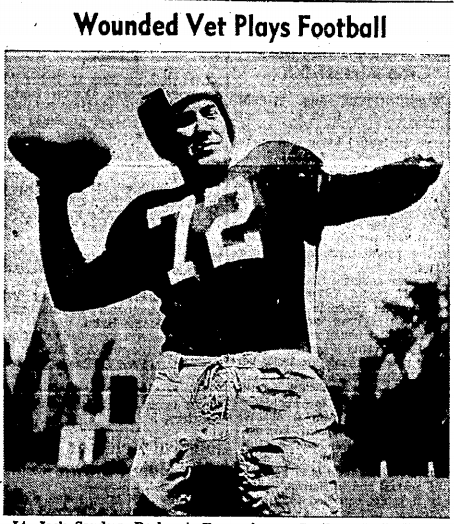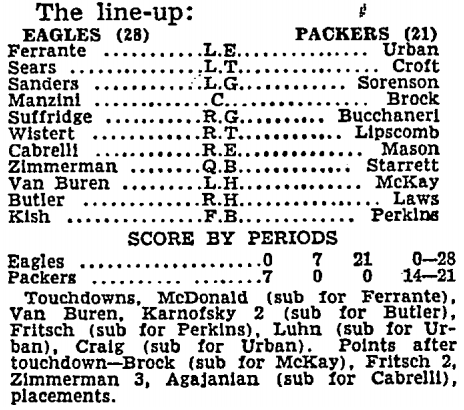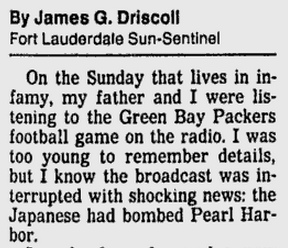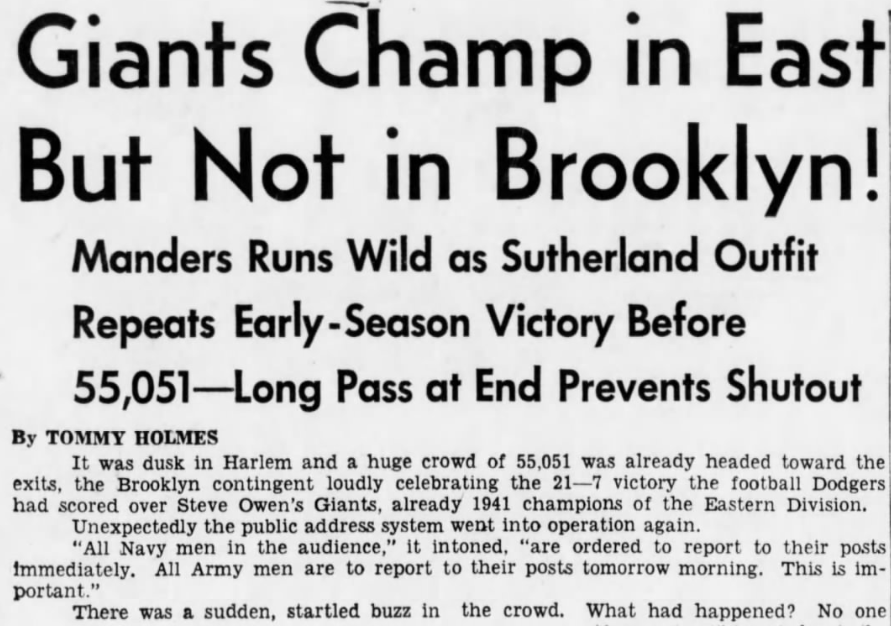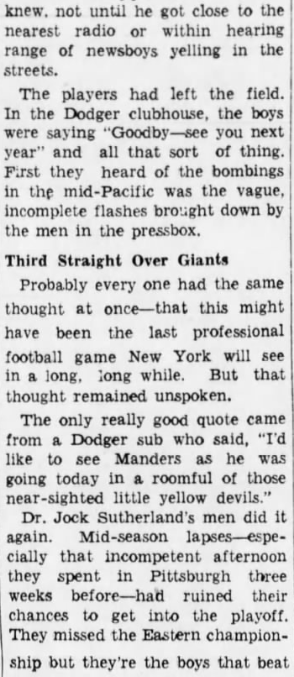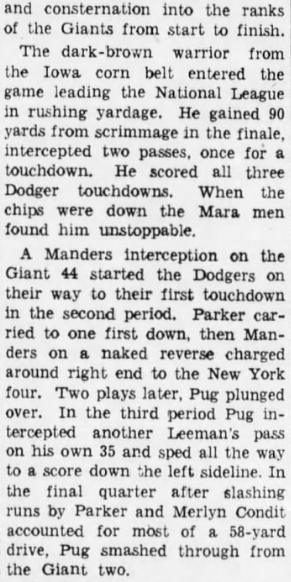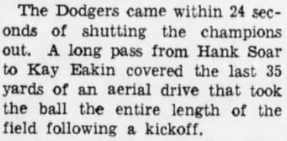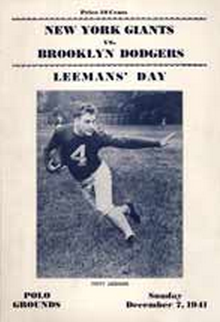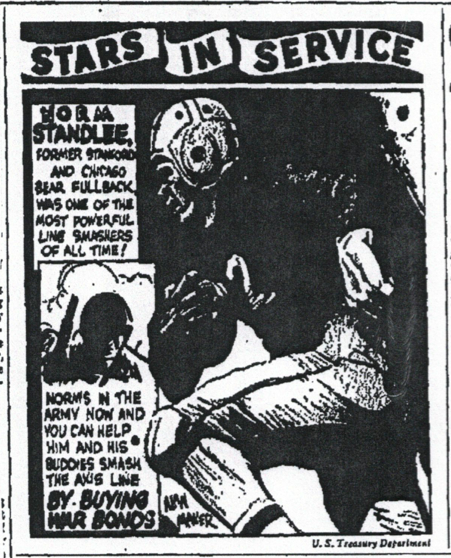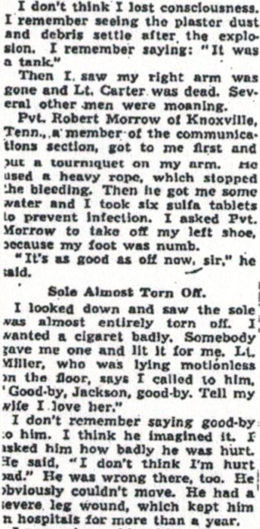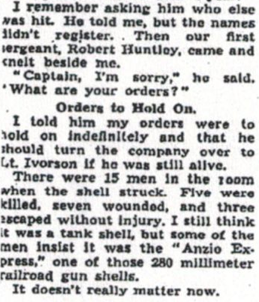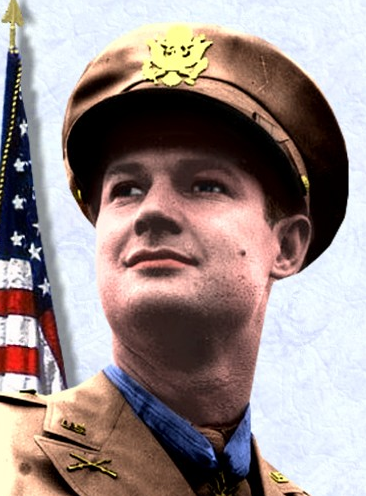The unconscionable conduct of a handful of NFL players — Ray Rice and Adrian Peterson most visibly — “has mushroomed into the biggest crisis confronting a commissioner in the NFL’s 95-year history,” ESPN.com reporters Don Van Natta Jr. and Kevin Van Valkenburg wrote the other day.
And they make that claim more than once in their investigative piece on embattled Roger Goodell — and how he and the league fumbled the handling of Rice’s domestic-violence case. Toward they end, they again call it “the worst crisis in NFL history,” adding, “some league sponsors, most notably Anheuser-Busch, are jittery.”
Worst crisis in NFL history. That certainly takes in a lot of territory. Also, if you’re going to use words like “biggest” and “worst,” it helps to define your terms. If by “biggest” and “worst” you mean “loudest,” you’re probably right. Nowadays, with social media and the 24-hour news cycle and nonstop sports chatter on TV and radio, everything is louder. But that doesn’t make the subject of the noise any more momentous. Our airwaves are a huge vacuum. Something has to fill it. The beast must be fed.
But if by “biggest” and “worst” you mean “most threatening to the league” — as far as its financial well-being and/or place in the sports hierarchy are concerned — the current crisis doesn’t even make the Top 5 all time, and pales in comparison to a few. You want a crisis? How about these:
● The Great Depression. When Black Thursday struck in October 1929, the NFL was in just its 10th season. Its success was by no means assured. College football was still far more popular, and baseball, of course, was king. On top of that, the pro football player wasn’t exactly considered a Shining Example of American Manhood. (More like a mercenary lout.)
Then the stock market crashed and, well, what do you think that was like? Do you suppose it might have been a bigger deal than what’s going on now with Rice, Peterson and the rest? By 1932, the league had shrunk to eight teams — three in New York, two in Chicago and one Boston, Portsmouth (Ohio) and Green Bay. Five cities, that’s it. And two had populations of less than 50,000.
In the late ’30s things began to get better for the NFL — as they did for the rest of the country — but it was touch and go for a while.
● World War II. Yeah, let’s not forget that. With so many of its players in the military, the league thought about shutting down in 1943 — only the Cleveland Rams did — and some franchises were merged to keep them viable. As the war went on, teams were so hurting for manpower they suited up a few 18-year-olds and talked retired players like the Redskins’ Tiger Walton, who had been out of the game since 1934, into making a comeback. (Only 12 of 330 draft picks in 1944 played in the NFL that season.)
“If the war had lasted a little longer,” Bears Hall of Famer Sid Luckman once said, “the NFL might have gotten down to the level of semi-pro ball.”
● The American Football League. Sorry, but a decade-long battle with a rival league (1960-69) — a league that mounted the most serious challenge to the NFL’s monopoly — strikes me as a much bigger crisis than L’Affaire Rice. Competition from the AFL increased salaries dramatically, forced the NFL to expand earlier than it would have (to Dallas, Minnesota, Atlanta and New Orleans) and hurt profit margins. And in the last two seasons before the merger, the AFL’s Jets and Chiefs won the Super Bowl. The horror.
● Steroids. We tend forget what a stir the steroid epidemic created in the ’80s. It wasn’t just a health issue, it was a competitive fairness issue. Let’s face it, nothing riles fans quite like the idea of cheating – and it’s damaging when such a cloud hovers over a league. Once the problem came to a head, Commissioner Pete Rozelle dealt with it quickly and decisively, but only after years of whispers and denial.
● Concussions. When all the votes are in, I wouldn’t be surprised if this crisis — which is far from over — turns out to be far worse for the NFL than the recent rash of misbehavior. Indeed, if anything brings down pro football, it will be the growing suspicion that the game is simply too dangerous, that the physical cost isn’t worth the financial gain. That doesn’t mean the league won’t continue to exist in some form; but it’ll be seriously diminished, and it won’t attract nearly as many of the best athletes.
One other crisis is worthy of mention, even if it doesn’t crack the Top 5. In 1946 New York police uncovered an attempt to fix the NFL championship game. This led to two Giants players being banished from the league and, naturally, much negative publicity — at a time when the rival All-America Conference was trying to gain traction. As difficult as life is for Goodell, I doubt he’d swap places with Bert Bell, the commissioner in ’46. (The AAC, after all, was a worthy adversary that gave us the Browns and 49ers.)
Anyway, that’s six crises in the NFL’s 95-year history I’d rate ahead of the one we’re now obsessing about. And I’m sure I could come up with several more if I wanted to think about it a bit longer. But I’ve got other blogs to throw on the fire, other fishy statements to fry.
So I’ll finish here: Crises aren’t bigger nowadays because the NFL is bigger; they’re actually smaller, generally, but for the same reason: because the game is so firmly established. It was in the early years that you had to worry. A crisis back then was like a baby running a temperature. The league hadn’t built up the immunities it has now.



